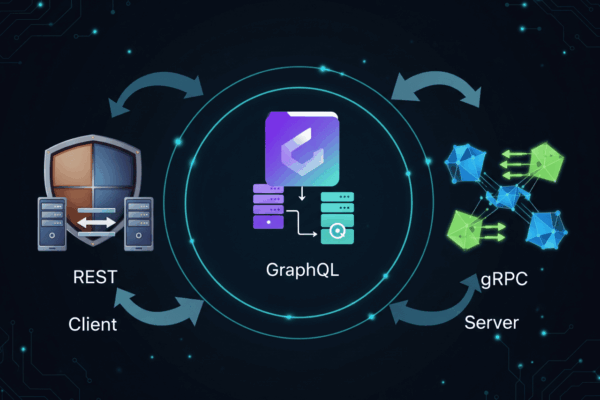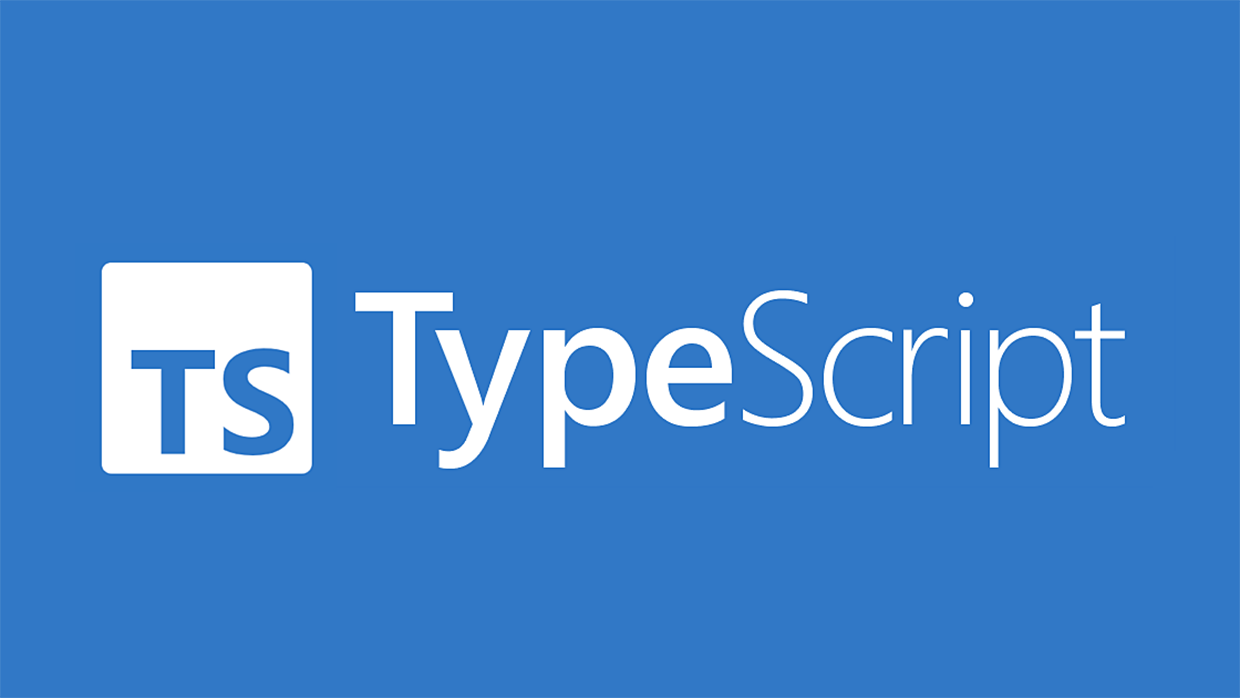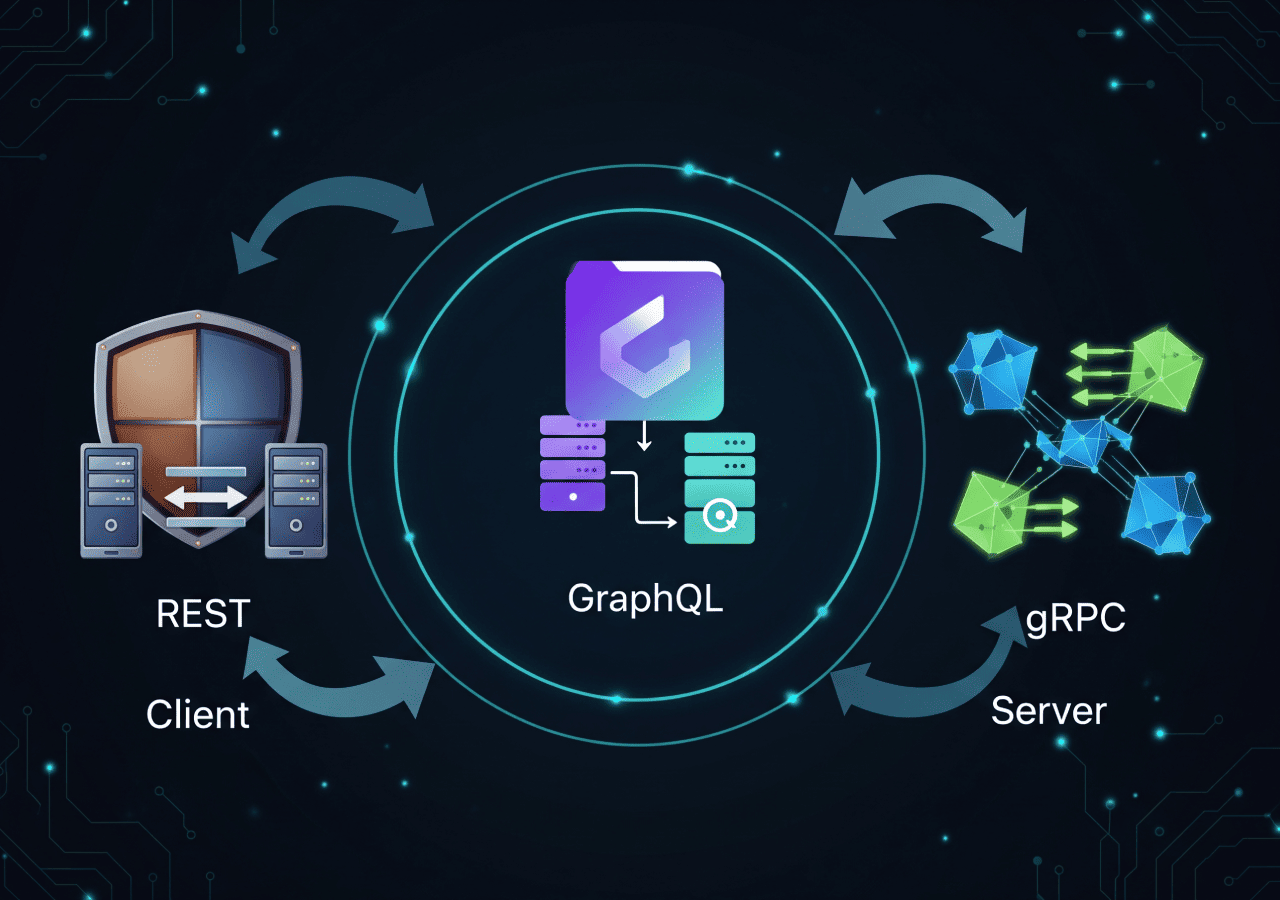Ever been frustrated by unexpected bugs popping up in a large JavaScript project? Often, these bugs only surface when the code runs, turning the debugging process into a nightmare. This problem is one of the main reasons why TypeScript emerged and has now become one of the most sought-after languages by developers. But what exactly is TypeScript, and why is it so important?
What is TypeScript? More Than Just “JavaScript Plus”
Simply put, TypeScript is a superset of JavaScript, meaning any valid JavaScript code is also valid TypeScript code. However, TypeScript adds new features to JavaScript, the most significant being Static Typing.
While JavaScript is a dynamic language where a variable’s data type can change, TypeScript forces developers to define data types from the start. This allows us to find errors before the code even runs, right when we’re writing it in the editor (like Visual Studio Code)—a process known as compile-time checking.
Key Advantages of TypeScript: Why You Should Migrate?
Adopting TypeScript offers several significant benefits that you can’t get from pure JavaScript:
- Catches Bugs Earlier: With static typing, errors like mistyped variable names or trying to call a function with incorrect parameters will be immediately flagged by the editor. This saves valuable time that would typically be spent debugging.
- Code Scalability: For large projects worked on by teams, TypeScript is incredibly helpful. Clear data types make code easier to read, understand, and manage. New developers joining a team can quickly grasp existing data structures and functions.
- Excellent IDE Support: Most modern code editors, like VS Code, have excellent built-in support for TypeScript. You’ll get features like intelligent autocompletion, safe refactoring, and easier code navigation, all of which boost productivity.
- Makes Code More Maintainable: Interfaces and classes in TypeScript help developers define complex data structures more neatly, making the code more organized and easier to maintain in the long run.
Essential TypeScript Concepts You Need to Know
To get started with TypeScript, there’s no need to worry. Here are some of its basic concepts:
- Data Types: You can define primitive data types like
string,number,boolean,null, andundefined. - Arrays and Objects: You can declare arrays with specific types (
string[],number[]), as well as objects with specific structures. - Functions: You can specify data types for parameters and the return value of a function.
- Transpiler: Since browsers only understand JavaScript, TypeScript code must be compiled or “transpiled” back into JavaScript. This process is handled by a compiler that you can run from the command line.
The Future of Web Development is in Our Hands
TypeScript isn’t a replacement for JavaScript; it’s a powerful enhancement. It addresses JavaScript’s weaknesses in terms of scalability and code safety, especially for large and complex projects. With more popular frameworks like Angular, React, and Vue.js supporting and even adopting TypeScript, there’s no doubt that mastering this language is a crucial step for any developer looking to build more robust, stable, and maintainable web applications.










